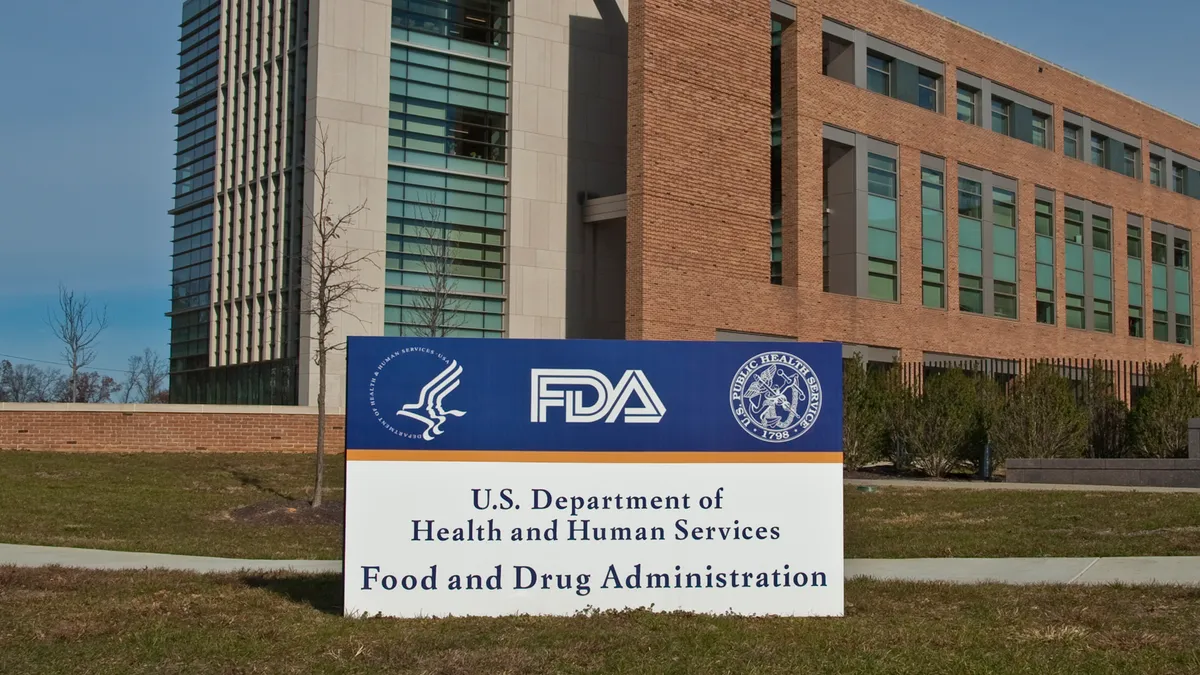Dive Brief:
-
The FDA has finalized its guidance on the labeling and safety testing of medical devices and combination products that contain heparin.
-
Publication of the guidance is intended to prevent overdoses arising from misinterpretation of the heparin strength listed on the labels of medical devices and combination products.
-
The FDA identified such mix-ups, which can cause serious injury or death, as a major driver of heparin overdose errors and set out to address the problem several years ago.
Dive Insight:
The dangers posed by the anticoagulant heparin were brought to the national consciousness in 2006 and 2007 when two hospitals gave huge overdoses to infants, including the twins of the actor Dennis Quaid. The actor went on to sue one maker of the blood thinner, Baxter.
According to the lawsuit, Quaid's newborn twins were accidentally given 10,000 units of heparin instead of the 10 units of the Hep-Lock they were prescribed due to a mix-up over similar labeling.
"Investigation of heparin product overdose errors identified the expression of drug strength in the labels as a major contributing factor in these errors," the agency noted in the guidance document.
The events led to a 2012 change to heparin container labels to more clearly state the strength of the products, and to a 2015 draft guidance focused on devices and device-led combination products.
In revising its stance on heparin lock flush solution products and heparin-bonded products, the FDA sought to clarify how manufacturers should approach labeling and safety testing to reduce the risk of overdose errors.
Three years after it published the draft, the FDA has finalized the text by making several changes in response to the feedback it received from three organizations, including trade group AdvaMed.
Following a comment from AdvaMed, the FDA revised a section on the need for heparin-bonded products to display the total amount of heparin per total surface area on the primary packaging. AdvaMed argued only products intended to release heparin should have to display this information. The final guidance states the FDA may ask manufacturers to display the information “if significant amounts of heparin were found to be leaching from a product.”
Other comments made by AdvaMed failed to sway the FDA. AdvaMed called for the FDA to revise a section on the safety testing of heparin-containing products to state that the active ingredient only needs to comply with guidance and pharmacopeial standards at the time of its production. The comment reflects concerns that the multi-year shelf life of heparin could result in an ingredient being compliant at the time of procurement but noncompliant by the time it is used in a device. The FDA opted not to make the changes proposed by AdvaMed.










